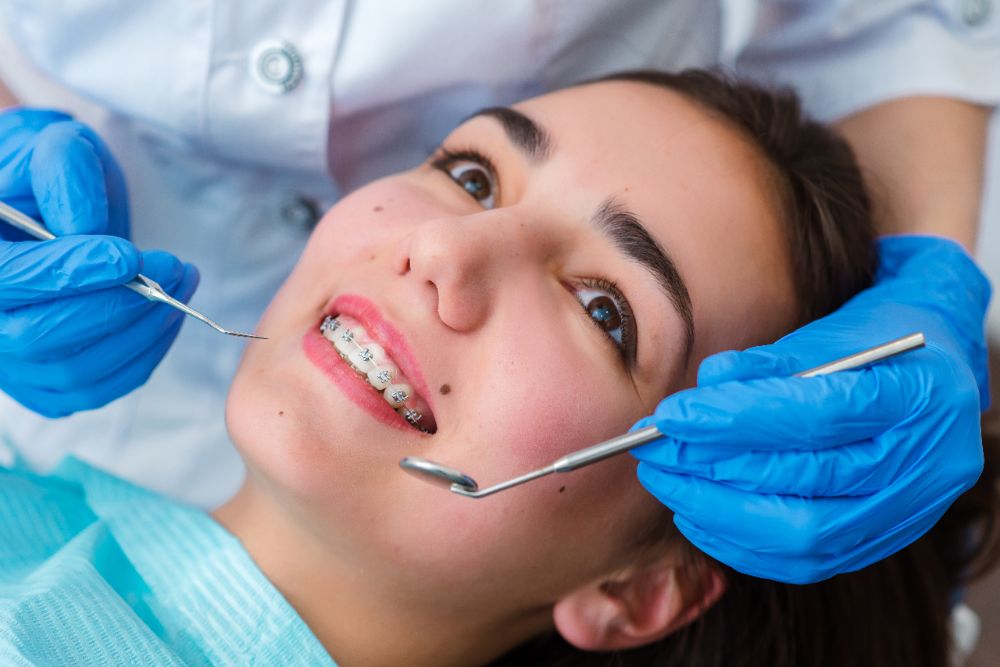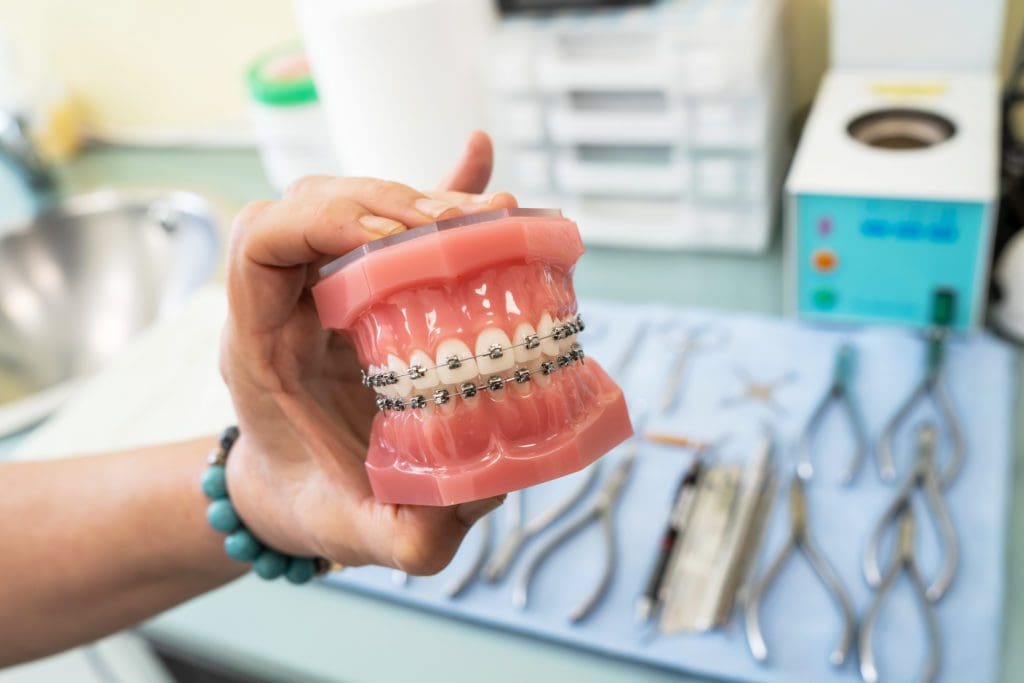Comprehensive Guide to Orthodontics Procedures for Correcting Dental Imbalances
In the realm of orthodontics, the journey to accomplishing a flawlessly straightened smile includes a myriad of treatments customized to fix oral imbalances. From traditional braces to undetectable aligners and also surgical options, the field of orthodontics uses a series of services to attend to differing levels of dental irregularities. Comprehending the ins and outs of each treatment, including their devices, benefits, and potential disadvantages, is vital in making educated choices concerning one's orthodontic therapy. As we navigate through the extensive guide to orthodontic procedures for correcting dental misalignments, the elaborate details of each technique will unravel, clarifying the path toward a functional and harmonious dental placement.
Orthodontic Procedures Review

Normal adjustments and tracking are crucial components of orthodontic therapy to guarantee progress is on track and to make any type of essential modifications along the method. By going through orthodontic treatments, patients can not only accomplish a straighter grin but likewise enhance their overall oral wellness and function.
Traditional Dental Braces: Just How They Work
When considering orthodontic treatments for dental misalignments, traditional braces stand apart as a tried and true technique for remedying teeth placing. Typical dental braces contain brackets, wires, and bands that work together to apply continuous stress on the teeth, progressively relocating them right into the desired alignment. The braces are connected to the teeth utilizing a special adhesive, and the cords are threaded via the brackets. By readjusting the tension of the wires, orthodontists can control the instructions and force related to each tooth, guiding them right into proper placement with time.
As stress is used to the teeth via the dental braces, the bone bordering the teeth is reshaped to support the new tooth positions. Clients will require routine changes at the orthodontist's workplace to make certain the dental braces proceed to apply the correct pressure for effective teeth movement.
Undetectable Aligners: Benefits And Drawbacks
Invisible aligners provide a very discreet and convenient option to typical braces for fixing dental imbalances. These clear, custom-made trays are practically unnoticeable when used, making them an attractive alternative for people looking for an extra cosmetically pleasing orthodontic therapy. Among the key benefits of unseen aligners is their removability, permitting easier maintenance of dental health compared to traditional dental braces. Patients can get rid of the aligners prior to consuming or cleaning their teeth, lowering the risk of food getting stuck in the appliance and simplifying the visit this website cleansing procedure.

Surgical Orthodontic Options
Surgical treatments in orthodontics existing sensible alternatives for dealing with complex dental misalignments that may not be efficiently fixed with standard orthodontic therapies. While invisible aligners and traditional braces can correct numerous orthodontic issues, specific situations require surgical treatment to attain optimum outcomes. Surgical orthodontic alternatives are generally suggested for serious malocclusions, considerable jaw inconsistencies, and situations where the underlying bone framework requires adjustment to accomplish proper positioning.
One typical surgical orthodontic procedure is orthognathic surgery, which involves repositioning the jaws to deal with useful concerns such as problem chewing or speaking. This surgical procedure is often performed in collaboration with an orthodontist that aids straighten the teeth before and after the procedure. Surgical orthodontics may additionally entail treatments to expose influenced teeth, eliminate excess gum cells, or reshape the jawbone to develop a much more unified facial account.
Prior to taking into consideration medical orthodontic choices, individuals undergo a detailed assessment to establish the necessity and possible advantages of such interventions. braces. While surgical procedure may appear difficult, it can dramatically improve both the function and looks of the smile in instances where conventional orthodontic therapies fail
Retainers and Post-Treatment Care

Post-treatment care includes following the orthodontist's guidelines faithfully. This might include appropriate oral hygiene methods, attending follow-up consultations, and wearing the retainers as suggested. visit Failing to follow post-treatment treatment guidelines can result in regression, where the teeth slowly move back towards their original positions. Constant retainer wear, good oral hygiene, and routine oral examinations are essential for preserving the outcomes achieved through orthodontic surgical procedure and ensuring the long-term stability of the remedied dental placement.
Final Thought
Finally, orthodontic procedures supply numerous alternatives for remedying dental imbalances. Traditional braces utilize metal braces and cords to change teeth right into appropriate placement. Unnoticeable aligners offer a more very discreet option yet might not be appropriate for all situations. Surgical orthodontic choices are available for extra severe imbalances. Retainers are generally utilized post-treatment to preserve the brand-new alignment. Overall, orthodontic procedures can efficiently improve dental health and wellness and aesthetic appearance.
As we navigate via the comprehensive overview to orthodontic procedures for fixing oral misalignments, the elaborate information of each method will certainly unravel, losing light on the course towards a harmonious and useful dental alignment. - orthodontist
One of the most typical orthodontic treatments is the usage of dental braces, which consist of metal brackets and wires that use gentle pressure to progressively change teeth into the wanted setting.When considering orthodontic therapies for oral imbalances, conventional braces stand out as a reliable method for dealing with teeth placing. Additionally, unseen aligners may not be appropriate for complicated orthodontic issues that need even more considerable teeth movement, as they are commonly recommended for mild to moderate cases. Retainers are tailor-made orthodontic tools developed to hold teeth in their remedied settings after the completion of orthodontic therapy.